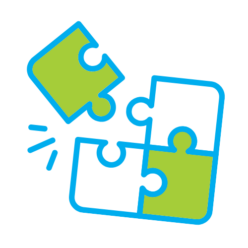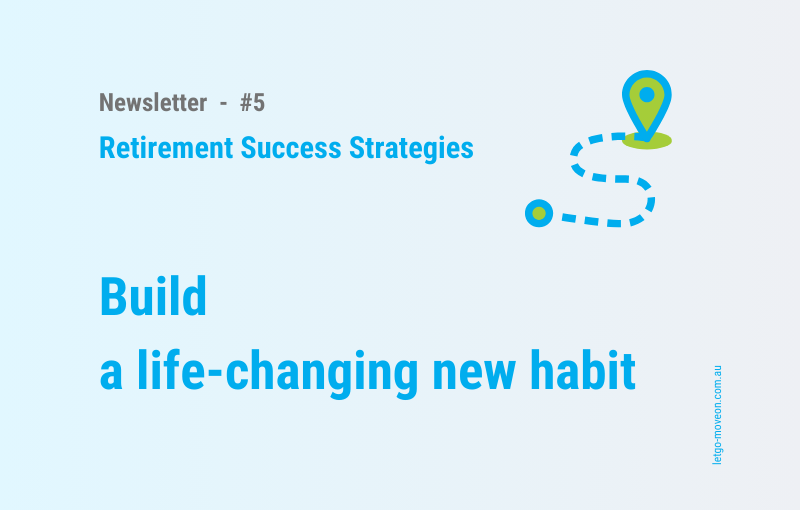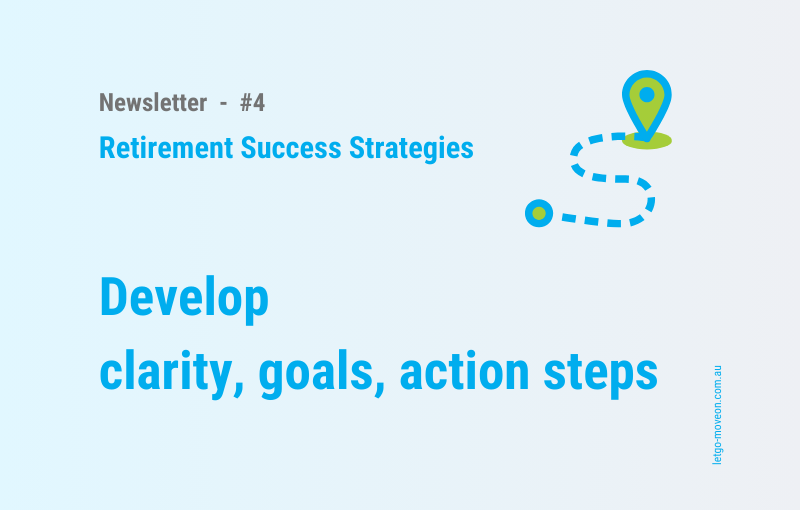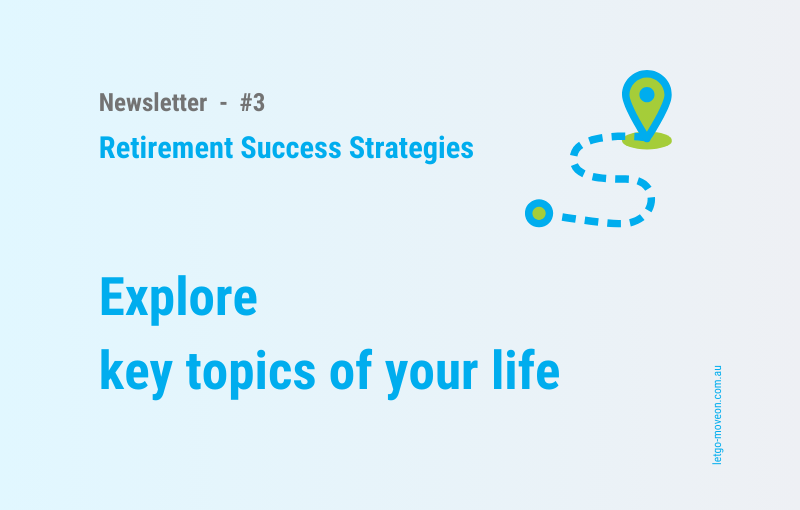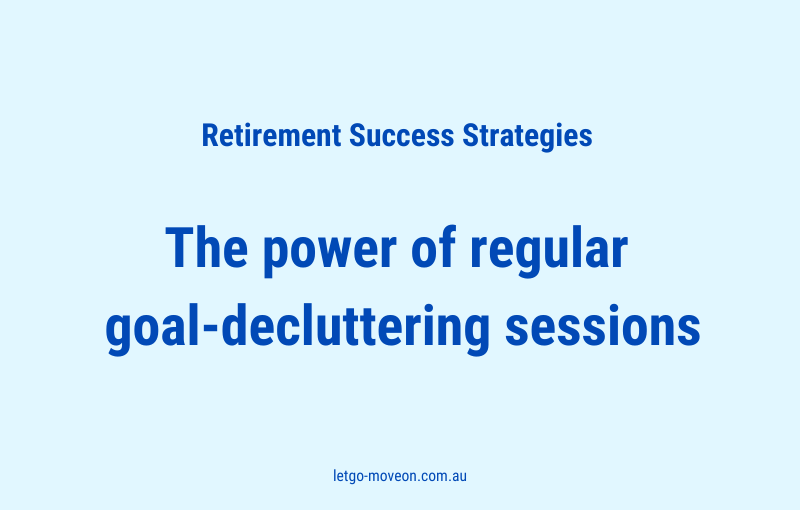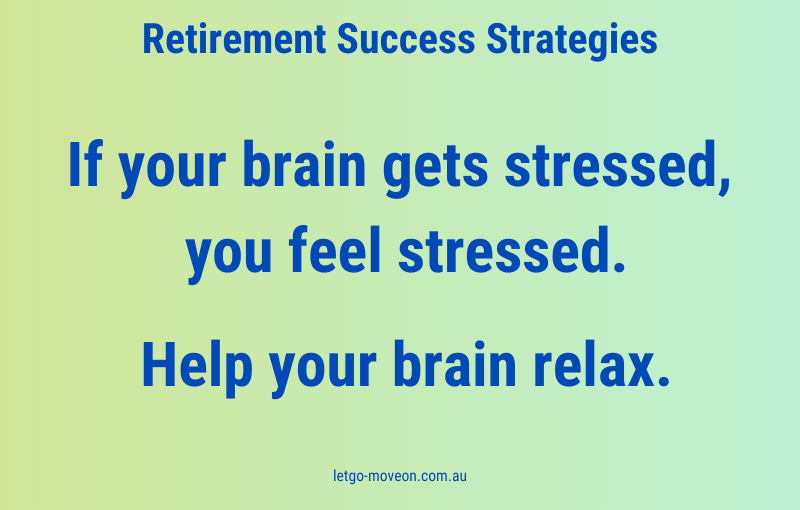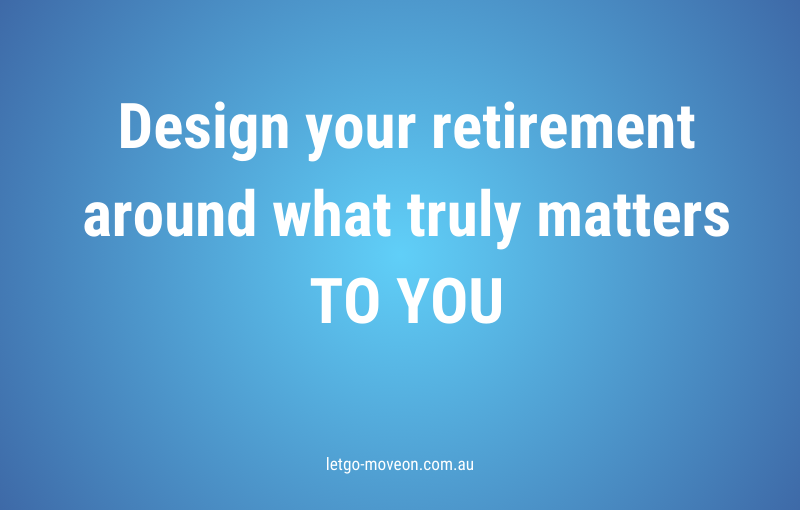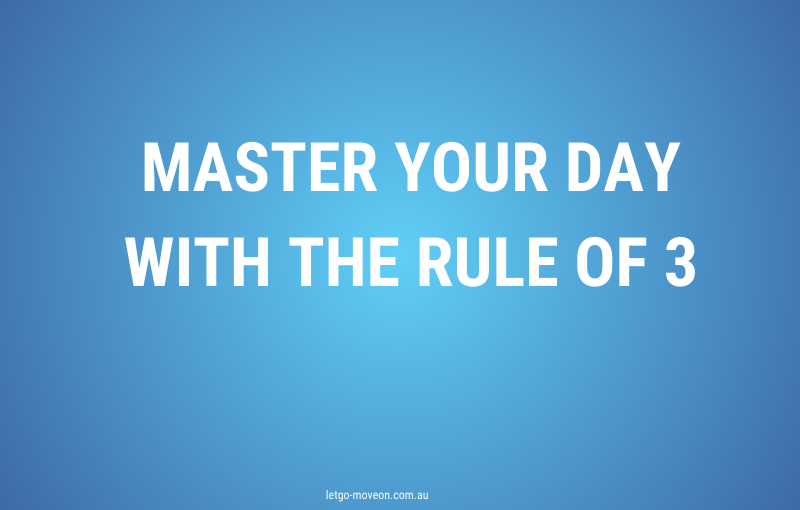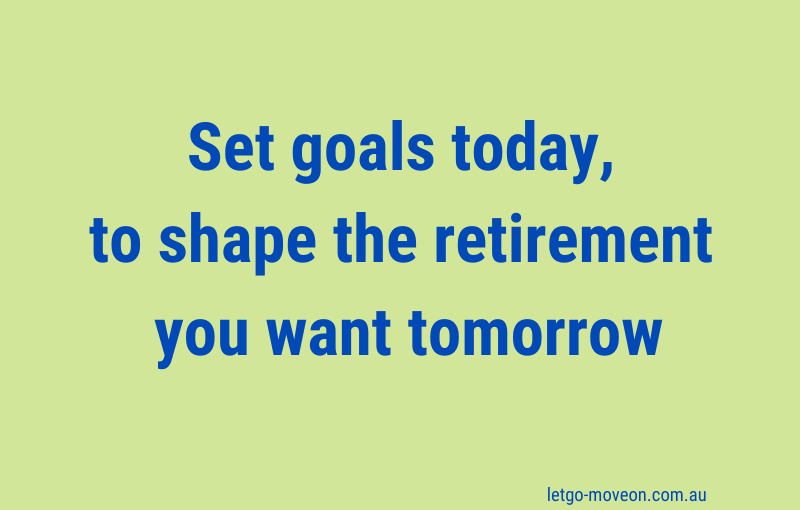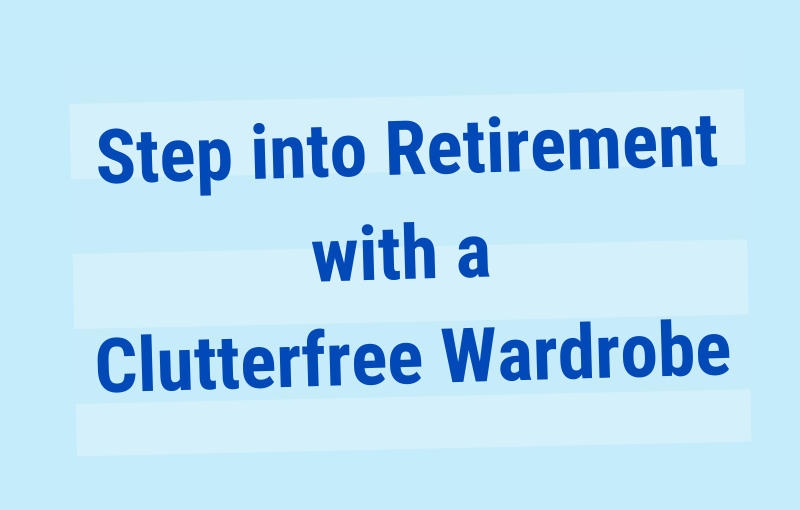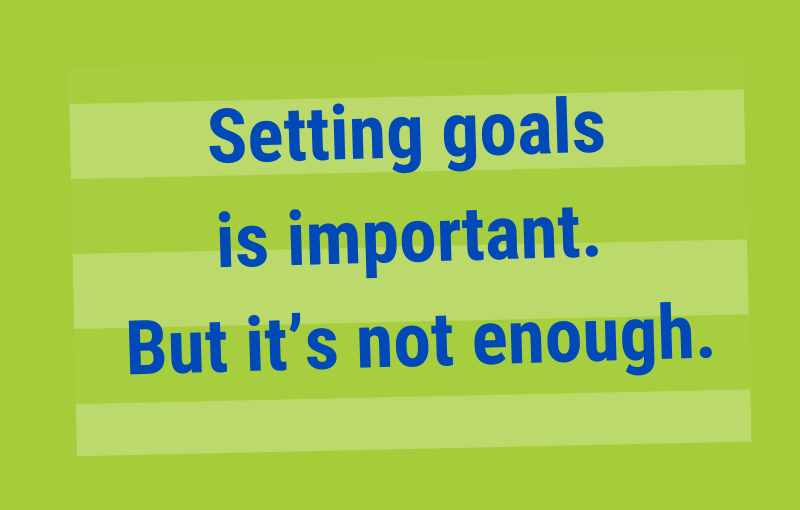Before choosing our priorities for retirement, defining our core goals, and planning our next action steps, we need to explore the key topics of our current and future life.
We need clarity on where we are now and where we want to go/be.
Then, we can decide how to bridge the gap between the here and there and choose the priorities, goals, and actions to create a life structure that supports and enables the retirement life we want.
Exploration of the key topics of your life
I suggest you schedule a series of meetings with yourself on your calendar to ask and answer a series of questions.
The following list suggests essential life topics to consider and offers example questions to help you get started.
Adjust the list to your circumstances and requirements: Add to the list what you miss and take out what’s not relevant to you.
Topic 1 – Your Identity
Who are you right now? What are the essential parts of your current identity? – Which of these parts will you take along into your retirement? What do you need/want to change about the person you are right now? What are the essential parts of your new identity?
Topic 2 – Your Purpose
What are your current values, beliefs, and the things you stand and fight for? – What are the topics, goals, passions and interests you want to focus on in the future? How do you want to (re-)define the meaning of (your) life?
Topic 3 – Your mindset and mental fitness
How do you feel about retirement? What are your thoughts and emotions when you imagine this new phase of life? Are there fears or uncertainties holding you back? – What beliefs do you want to let go of? What new perspectives do you want to adopt? How will you keep your mind engaged, flexible, and resilient?
Topic 4 – Your relationships
What does your social network look like just now? Who are the important people in your life? What do you appreciate in your relationships, and what frustrates you? – Who will naturally drop out of your contact list? Who do you want to add? Which relationships do you want to change or intensify?
Topic 5 – Your physical health
How do you currently feel physically? What are your strengths and challenges regarding your health and fitness? – What habits do you want to keep, improve, or introduce to maintain and enhance your physical well-being? What role will nutrition, exercise, rest, and medical care play in your retirement plan?
Topic 6 – Your financial security
Do you have a clear understanding of your financial situation? Are your current resources aligned with the lifestyle you envision? – What steps can you take to feel more financially secure? What adjustments might be necessary to sustain financial stability and independence throughout retirement?
Topic 7 – Your personal development
What new skills, knowledge, or experiences excite you? Are there interests or talents you’ve never had time to explore? – What forms of learning and personal growth do you want to prioritise? How will you challenge yourself to continue evolving?
Topic 8 – Your professional and social engagement
Do you want to stay professionally active in some way? What role will work, volunteering, or mentoring play in your life? – What kinds of projects, initiatives, or social causes could offer you a sense of purpose and fulfilment? How will you balance engagement with flexibility and leisure?
Topic 9 – Your lifestyle, home, and living environment
Where do you want to live, and what environment best supports your happiness and well-being? Does your current home fit your vision for retirement, or would a change be beneficial? – How will you structure your daily life to include the activities, routines, and surroundings that bring you joy?
PRACTICAL TIP:
Don’t overcomplicate or overthink this exercise.
This is just the starting point of an ongoing journey.
However, the journey can only start if you take the first step. I recommend you do it in writing.
Write down whatever comes to your mind; there are no wrong questions or answers.
The goal is to understand yourself and your ideal retirement life better.
Important:
If you feel intimidated by the first two topics – identity and purpose – I suggest you put them aside for some time.
Instead, start exploring other life areas that you find more approachable. Finding your answers in those areas will automatically help you clarify how you want to define your identity and purpose.
In the next newsletter article, I will describe how the ADA Framework (Awareness/Decision/Action) can help us define clear goals and action steps – so we start to actively create the retirement life we want.
